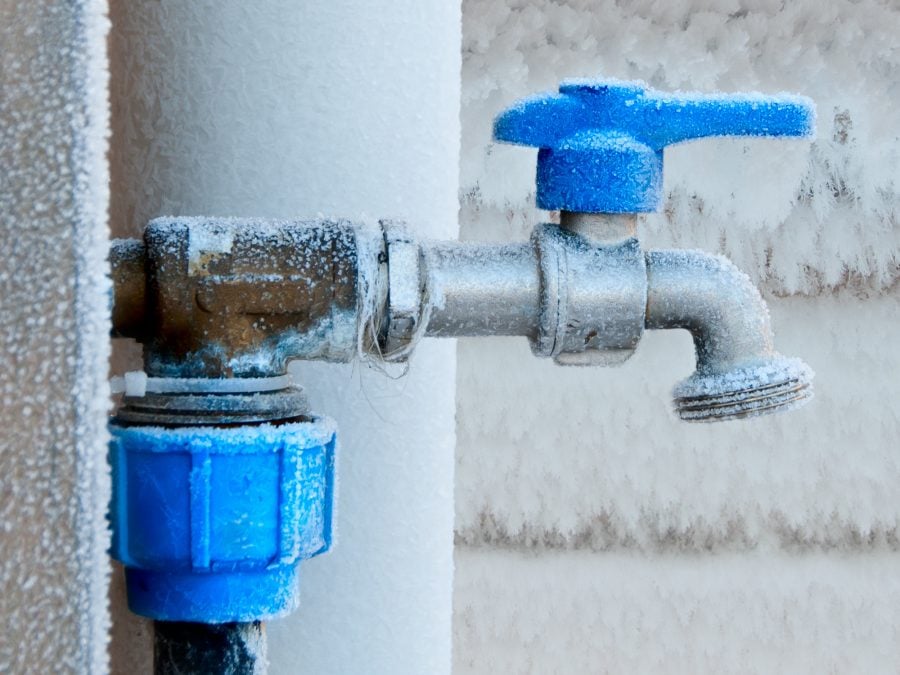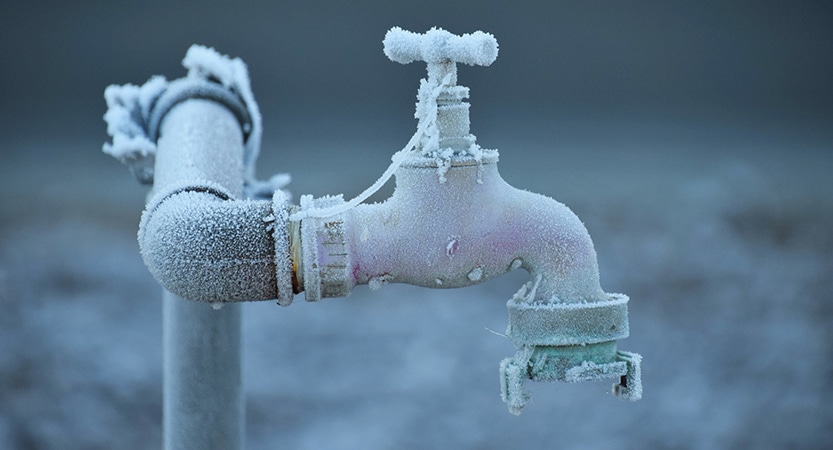Tips to Keep Your Pipes from Freezing Issues: Crucial Advice
Tips to Keep Your Pipes from Freezing Issues: Crucial Advice
Blog Article
Were you on the lookout for content around 6 Ways to Prevent Frozen Pipes?

Cold weather can damage your pipes, specifically by freezing pipelines. Here's how to avoid it from occurring and what to do if it does.
Intro
As temperature levels decrease, the danger of icy pipelines boosts, potentially causing pricey repairs and water damages. Understanding just how to prevent frozen pipes is vital for homeowners in cold climates.
Avoidance Tips
Shielding vulnerable pipes
Wrap pipes in insulation sleeves or use warm tape to safeguard them from freezing temperature levels. Concentrate on pipes in unheated or outside areas of the home.
Heating methods
Keep interior areas sufficiently warmed, particularly areas with pipes. Open up cabinet doors to permit cozy air to distribute around pipes under sinks.
Exactly how to recognize icy pipes
Search for lowered water flow from taps, unusual odors or sounds from pipelines, and noticeable frost on exposed pipelines.
Long-Term Solutions
Architectural adjustments
Consider rerouting pipes far from outside wall surfaces or unheated locations. Include added insulation to attic rooms, cellars, and crawl spaces.
Updating insulation
Buy top quality insulation for pipes, attics, and walls. Proper insulation aids keep regular temperature levels and lowers the threat of frozen pipes.
Protecting Exterior Pipes
Garden hoses and exterior taps
Disconnect and drain pipes garden hose pipes prior to wintertime. Mount frost-proof faucets or cover outside faucets with protected caps.
Comprehending Icy Pipelines
What creates pipelines to ice up?
Pipelines ice up when revealed to temperature levels listed below 32 ° F (0 ° C) for expanded durations. As water inside the pipelines ices up, it broadens, putting pressure on the pipe walls and potentially causing them to rupture.
Dangers and damages
Icy pipelines can lead to water system disruptions, home damage, and costly fixings. Ruptured pipelines can flood homes and cause extensive architectural damage.
Signs of Frozen Piping
Determining frozen pipelines early can prevent them from breaking.
What to Do If Your Pipes Freeze
Immediate actions to take
If you think frozen pipelines, maintain faucets open up to ease stress as the ice melts. Make use of a hairdryer or towels soaked in warm water to thaw pipelines slowly.
Verdict
Preventing icy pipelines requires positive actions and quick actions. By recognizing the causes, signs, and safety nets, home owners can protect their plumbing during winter.
5 Ways to Prevent Frozen Pipes
Drain Outdoor Faucets and Disconnect Hoses
First, close the shut-off valve that controls the flow of water in the pipe to your outdoor faucet. Then, head outside to disconnect and drain your hose and open the outdoor faucet to allow the water to completely drain out of the line. Turn off the faucet when done. Finally, head back to the shut-off valve and drain the remaining water inside the pipe into a bucket or container. Additionally, if you have a home irrigation system, you should consider hiring an expert to clear the system of water each year.
Insulate Pipes
One of the best and most cost-effective methods for preventing frozen water pipes is to wrap your pipes with insulation. This is especially important for areas in your home that aren’t exposed to heat, such as an attic. We suggest using foam sleeves, which can typically be found at your local hardware store.
Keep Heat Running at 65
Your pipes are located inside your walls, and the temperature there is much colder than the rest of the house. To prevent your pipes from freezing, The Insurance Information Institute suggests that you keep your home heated to at least 65 degrees, even when traveling. You may want to invest in smart devices that can keep an eye on the temperature in your home while you’re away.
Leave Water Dripping
Moving water — even a small trickle — can prevent ice from forming inside your pipes. When freezing temps are imminent, start a drip of water from all faucets that serve exposed pipes. Leaving a few faucets running will also help relieve pressure inside the pipes and help prevent a rupture if the water inside freezes.
Open Cupboard Doors
Warm your kitchen and bathroom pipes by opening cupboards and vanities. You should also leave your interior doors ajar to help warm air circulate evenly throughout your home.

I was introduced to that report on Preventing and dealing with frozen pipes through an acquaintance on a different web property. Are you aware of anybody else who is serious about the topic? Why not share it. Thank you so much for going through it.
Call Us Now Report this page